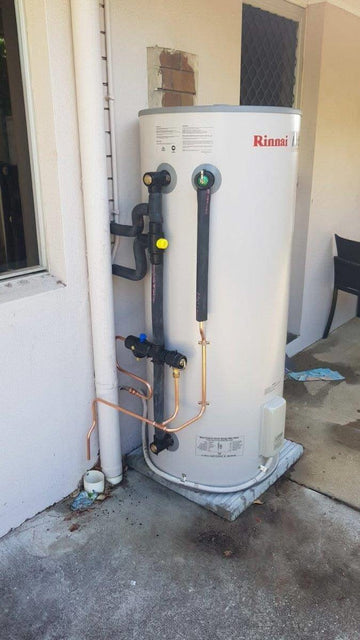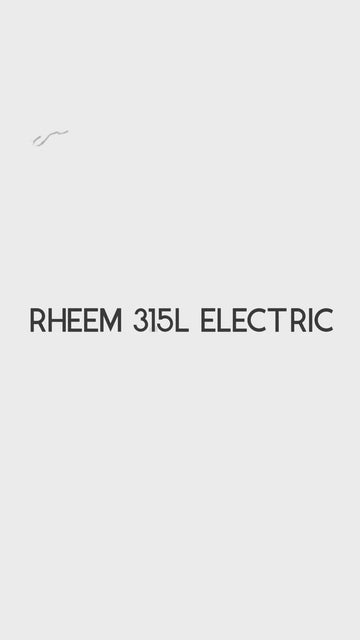Components and Principals of an Electric Hot Water System
Electric hot water systems are widely used in homes and businesses for their reliability, energy efficiency, and ease of installation. These systems utilize electricity to heat water and store it for use in bathing, cooking, and cleaning. Understanding the components and operational principles of an electric hot water system helps ensure efficient performance and longevity.
Key Components of an Electric Hot Water System
1. Heating Elements
-
Function: The primary source of heat, these elements are immersed in the water inside the tank.
-
Operation: When the thermostat detects a temperature drop, it activates the heating elements to warm the water.
-
Material: Typically made from corrosion-resistant metal alloys for durability.
2. Thermostat
-
Function: Regulates the temperature by turning the heating elements on and off.
-
Settings: Can be adjusted to maintain an optimal water temperature, typically around 49°C (120°F) for energy efficiency and safety.
3. Storage Tank and Insulation
-
Material: Made of stainless steel or glass-lined steel for corrosion resistance.
-
Insulation: Wrapped in foam or fiberglass to minimize heat loss and maintain efficiency.
-
Size: Ranges from 25L to over 400L, depending on household or commercial needs.
4. Cold Water Inlet and Dip Tube
-
Cold Water Inlet: Supplies fresh water to the tank.
-
Dip Tube: Directs incoming cold water to the bottom of the tank, ensuring even heating.
5. Hot Water Outlet
-
Function: Delivers heated water from the top of the tank to household plumbing fixtures.
-
Positioning: Located at the highest point of the tank to ensure only hot water is dispensed.
6. Sacrificial Anode
-
Function: Protects the storage tank from corrosion by attracting corrosive elements in the water.
-
Material: Made from magnesium or aluminum.
-
Maintenance: Should be inspected and replaced periodically to extend tank lifespan.
7. Temperature and Pressure Relief (TPR) Valve
-
Function: Releases excess pressure and prevents overheating.
-
Safety Feature: Prevents tank explosions by allowing controlled water discharge if pressure exceeds safe limits.
8. Drain Valve
-
Function: Allows for draining the tank during maintenance or removal of sediment buildup.
-
Location: Found at the bottom of the tank.
9. Air Bleed Valve
-
Function: Releases trapped air inside the tank to prevent airlocks that can affect water flow and efficiency.
Principles of Operation
-
Water Supply
-
Cold water enters the tank through the inlet and dip tube, filling the storage tank.
-
-
Heating Process
-
The thermostat detects the water temperature and activates the heating elements when needed.
-
The heating elements transfer heat to the water through conduction.
-
-
Heat Distribution
-
Heated water rises to the top due to convection.
-
The hot water outlet ensures warm water is ready for use while fresh cold water replaces it at the bottom.
-
-
Temperature Maintenance
-
The thermostat turns off the heating elements once the desired temperature is reached.
-
Insulation helps retain heat, reducing energy consumption.
-
-
Safety Mechanisms
-
If temperature or pressure exceeds safe levels, the TPR valve releases water to prevent damage.
-
Maintenance and Troubleshooting
Routine Maintenance
-
Check the TPR Valve: Test periodically to ensure it functions correctly.
-
Inspect and Replace Anode Rod: Extend tank lifespan by replacing a worn anode rod.
-
Drain and Flush the Tank: Removes sediment buildup to maintain heating efficiency.
-
Adjust the Thermostat: Set to 49°C (120°F) to balance comfort and energy savings.
-
Inspect for Leaks: Check connections and fittings for any signs of leakage.
Troubleshooting Common Issues
| Problem | Possible Cause | Solution |
|---|---|---|
| No hot water | Faulty heating element or thermostat | Test and replace the defective part |
| Water is too hot | Thermostat set too high | Adjust to a safer setting |
| Strange noises | Sediment buildup in tank | Drain and flush the tank |
| Low hot water pressure | Clogged pipes or inlet filter | Clean or replace filters |
| Leaking tank | Corrosion or damaged valve | Inspect, replace parts, or install a new system |
Advantages of Electric Hot Water Systems
-
Energy Efficiency: Can be programmed for off-peak electricity usage.
-
Low Maintenance: Fewer components compared to gas or solar systems.
-
Safety: No risk of gas leaks or combustion hazards.
-
Ease of Installation: Does not require complex venting systems.
Conclusion
Electric hot water systems offer a reliable and efficient way to meet household hot water demands. By understanding the components and operational principles, homeowners can perform routine maintenance, troubleshoot common problems, and ensure the longevity of their system. With proper care, an electric hot water system can provide consistent hot water supply while minimizing energy consumption and repair costs.



























